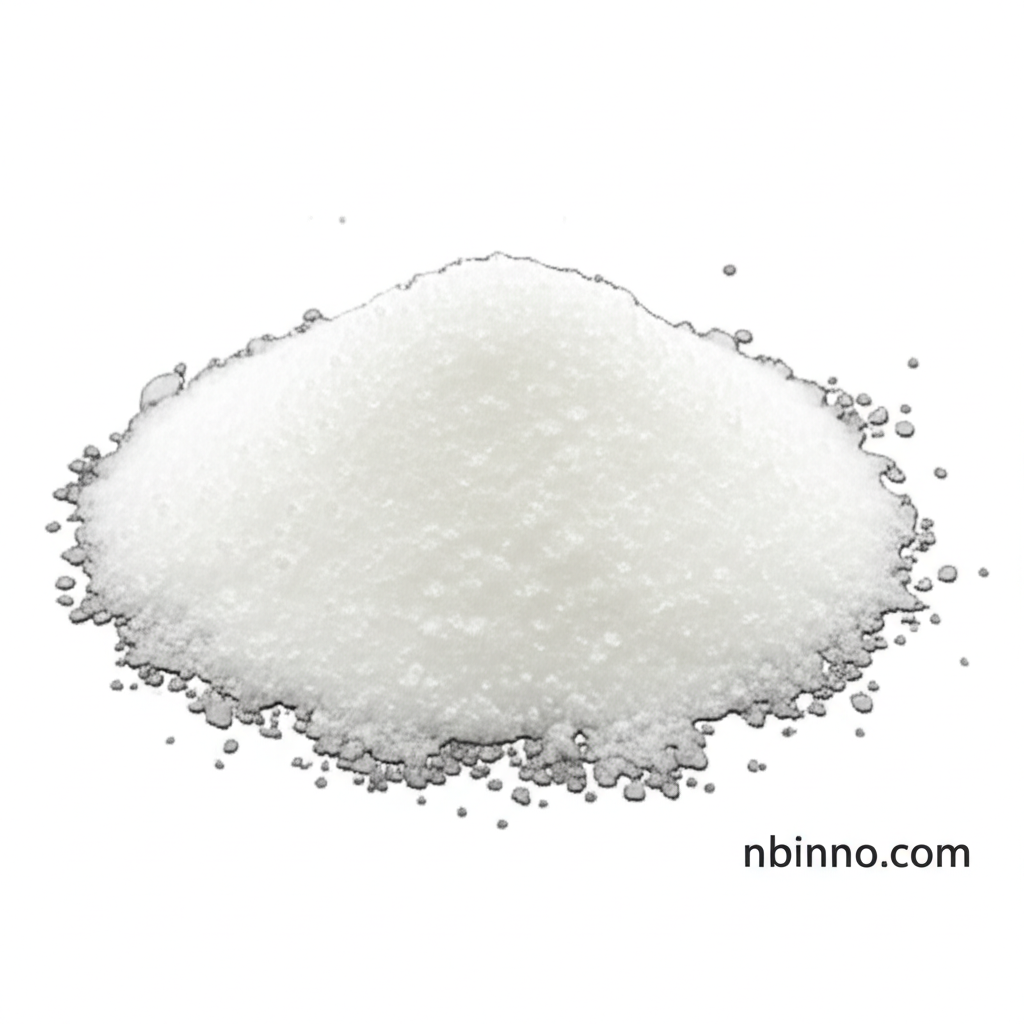3-Chloro-6-methylpyridazine CAS 1121-79-5: A Vital Heterocyclic Intermediate for Pharmaceutical Innovation
Discover the critical role of 3-Chloro-6-methylpyridazine (CAS: 1121-79-5) as a premier building block in advanced pharmaceutical synthesis. As a leading manufacturer and supplier, we provide high-purity material essential for developing cutting-edge antiviral agents and other complex organic molecules. Explore its applications and secure your supply chain with a trusted partner.
Get a Quote & SampleUnlocking Pharmaceutical Potential with 3-Chloro-6-methylpyridazine

3-Chloro-6-methylpyridazine
As a reputable chemical manufacturer and supplier in China, we offer high-purity 3-Chloro-6-methylpyridazine (CAS: 1121-79-5) essential for synthesizing potent antiviral agents and complex heterocyclic compounds. Our commitment to quality ensures reliable supply for your research and production needs, making us a preferred partner for pharmaceutical intermediates.
- High Purity for Critical Syntheses: Sourced with purity levels of 97%min to ≥98%, ensuring reliable outcomes in your pharmaceutical intermediate production.
- Versatile Building Block: Essential for the preparation of pyridazine derivatives and complex heterocyclic compounds, vital for drug discovery.
- Trusted Manufacturer & Supplier: Procure with confidence from a dependable source committed to quality and timely delivery.
- Application in Antiviral Agents: A key precursor in the development of integrase inhibiting antiviral agents, contributing to critical healthcare solutions.
Advantages of Sourcing 3-Chloro-6-methylpyridazine
Superior Purity and Quality Control
Our 3-Chloro-6-methylpyridazine meets stringent quality standards, with purity typically exceeding 97%. This ensures consistent reactivity and desired outcomes in complex organic synthesis, a critical factor for pharmaceutical intermediate manufacturers.
Reliable Supply Chain Partnership
We are a dedicated manufacturer and supplier, ensuring a stable and consistent supply of 3-Chloro-6-methylpyridazine for your ongoing projects. Partner with us for dependable sourcing and competitive pricing.
Expertise in Heterocyclic Chemistry
Leverage our expertise in heterocyclic chemistry. We understand the nuances of using compounds like 3-Chloro-6-methylpyridazine in synthesizing advanced molecules, supporting your R&D and production goals.
Key Application Areas
Pharmaceutical Development
Crucial for synthesizing novel drug candidates, particularly those targeting viral infections and other therapeutic areas. We are your go-to supplier for pharmaceutical intermediates like 3-Chloro-6-methylpyridazine.
Antiviral Agent Synthesis
A core component in the preparation of integrase-inhibiting antiviral agents, contributing to advancements in infectious disease treatment. Buy high-quality 3-Chloro-6-methylpyridazine for your research.
Organic Synthesis Intermediate
Serves as a versatile building block in broader organic synthesis, enabling the creation of diverse heterocyclic structures with various functional groups.
Agrochemical Research
While primarily used in pharmaceuticals, its structural features suggest potential applications in agrochemical research as a scaffold for developing new crop protection agents.
